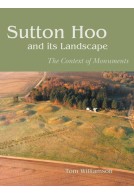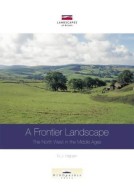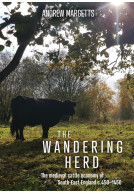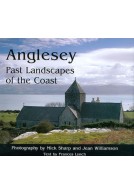Extinctions and Invasions (Paperback)
A Social History of British Fauna
Imprint: Windgather Press
Pages: 208
Illustrations: 43 b/w illus, 10 tables
ISBN: 9781905119318
Published: 31st May 2010
Script Academic & Professional
Pages: 208
Illustrations: 43 b/w illus, 10 tables
ISBN: 9781905119318
Published: 31st May 2010
Script Academic & Professional
This book will be reprinted and your order will be released in due course.
You'll be £35.00 closer to your next £10.00 credit when you purchase Extinctions and Invasions. What's this?
+£4.99 UK Delivery or free UK delivery if order is over £40
(click here for international delivery rates)
Order within the next 4 hours, 5 minutes to get your order processed the next working day!
Need a currency converter? Check XE.com for live rates
(click here for international delivery rates)
Order within the next 4 hours, 5 minutes to get your order processed the next working day!
Need a currency converter? Check XE.com for live rates
Eight thousand years ago, when the sea cut Britain off from the rest of the Continent, the island's fauna was very different: most of the animals familiar to us today were not present, whilst others, now extinct, were abundant. Over the course of millennia humans have manipulated Britain's fauna. For reasons of fear, suspicion, desire, or simply inadvertently, certain species were brought to extinction. In their place new animals were introduced: some transported purposefully by invading populations, others sent as royal gifts from far off lands, whilst several species arrived as stowaways. The story of each is fascinating, telling of the changing and multi-layered relationship between humans and animals. Drawing on new research in the fields of archaeology, ecology and history, this book examines how human society, culture, diet, lifestyles and even whole landscapes were fundamentally shaped by the animal extinctions and introductions that occurred in Britain since the last Ice Age. In its 22 chapters a wide range of mammal, bird, fish, snail and insect species are considered. All of the chapters include new and original research presented by authors who are acknowledged experts on their specific topic. Extinctions and Invasions advances our understanding of Britain's natural history whilst dispelling the myths that have become established in both popular and academic literature. It is written in a style accessible to the general reader, whilst providing the depth of research needed by academic researchers. Extinctions and Invasions provides a valuable single source of information for archaeologists, natural historians and conservation biologists, as well as interested laypeople.
Customers who bought this title also bought...
Other titles in Windgather Press...
















